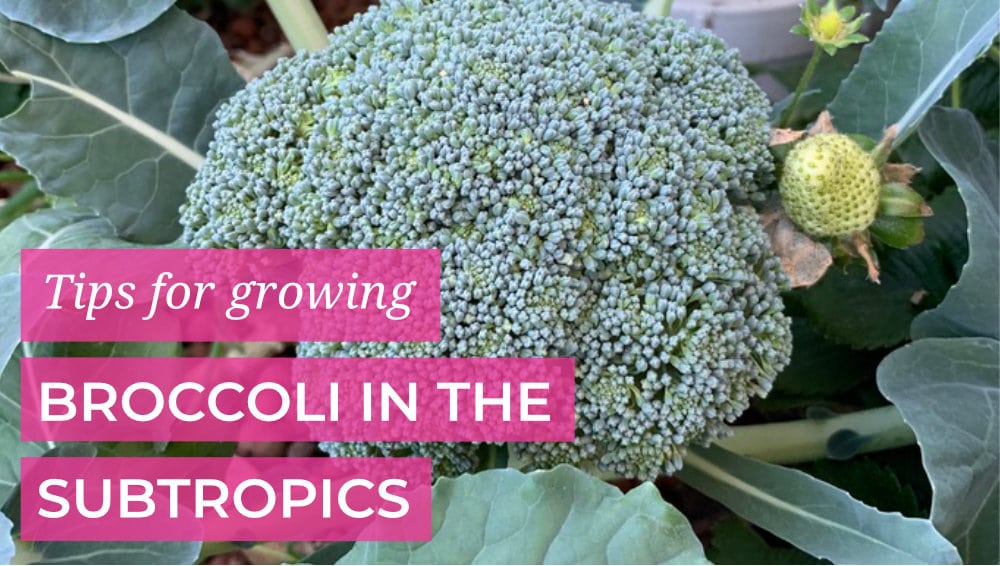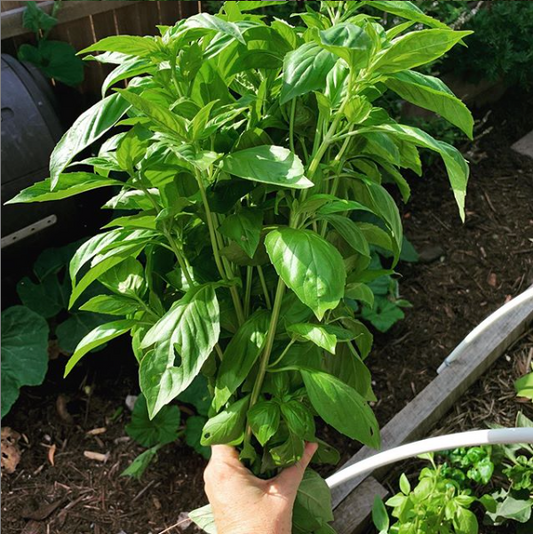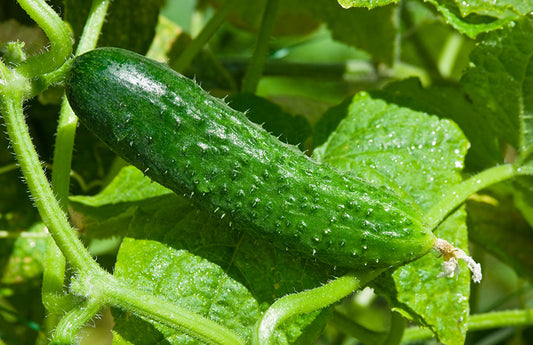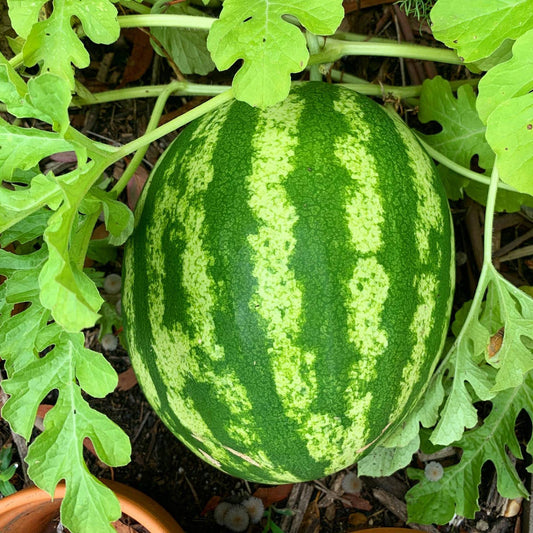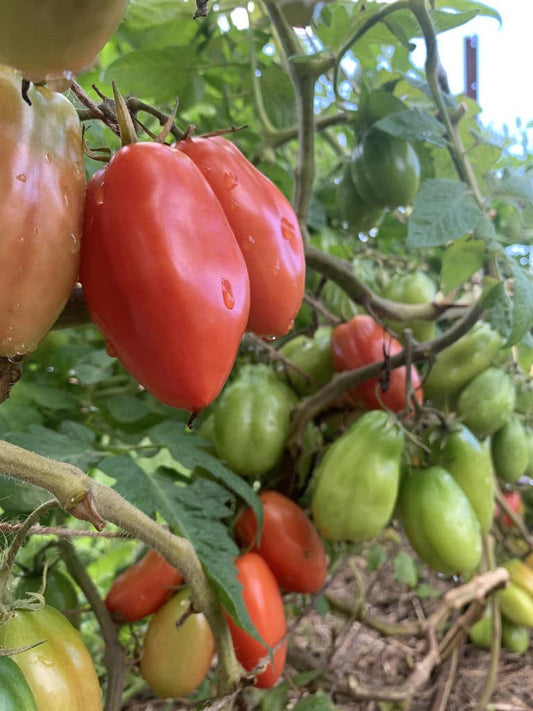One of our favourite home grown veggies is broccoli. There is just something about freshly picked broccoli that you can’t beat.
Broccoli can be tricky to grow in the subtropics as it often doesn’t get cool enough ( for long enough) to avoid bolting straight to seed.
Choosing the right variety is key
Fortunately there are a couple of varieties that we’ve found do well in our climate. Generally they will either fall into two categories - either hybrid or smaller heads.
If you want a shop size broccoli head that does well in the subtropics, you can’t go past the Broccoli Green Magic variety. Unfortunately you can’t save the seeds on this, well you can but it won’t be true to type but definitely worth growing. Hybrid doesn’t mean GMO, it’s just two varieties cross pollinated to make a suitable plant.
If you’re OK with smaller heads and you’d prefer something you can save the seeds for, our go to is the Broccoli Di Ciccio. We find this one great as it is prolific with the side shoots once you’ve harvested the main head (which is on the smaller size).It is an heirloom so you can let it go to seed and save them and it will be true to type unless cross pollination occurs. Don’t expect this to get ‘supermarket size’ but instead harvest the first head before the flowers open (still edible if you miss it - my kids actually prefer eating flowers for dinner) and harvest the ongoing side shoots - they are prolific and long lasting that way. You can also harvest the leaves, great for stir fries or even cabbage leaf alternative.
When to plant in the subtropics
Depending on the variety we start our first lot of seedlings in late summer (February) and continuously plant successions right up until July. If it's too hot they will bolt right to flower before forming a decent head.
Preparing your soil for Broccoli
Broccoli are heavy feeders so prepare your soil well with lots of nitrogen rich manure (cow is our fave) and some slow release fertiliser for ongoing support. Give them regular liquid feeds to keep them happy. Like Cauliflower we find they are best started in trays, and transplant when they get their 3-4th true leaves, then bury down to those true leaves when transplanting for extra stability.
Broccoli Plants get big
I know some people don’t bother growing broccoli as the size it occupies for that single head is quite large. So remember to give them their space and follow guidance on the sizing - and leave them for continual harvests to get your space/money's worth. Overplanting will stunt them and you’ll get epidemics of aphids.
Caterpillar Control
Of course broccoli is target to a range of caterpillars - cabbage moth, cluster, army worm and cut worms. You can approach management of this a few ways - exclusion nets, companion planting or using a bacteria based organic spray. We do a mix of all three here, resorting to the spray only if things are dire. You can find out more about our companion planting strategies here.
Harvest more than once
Once you’ve harvested the main head, leave the broccoli in and you’ll enjoy the side shoots for months. They are very similar to what they call ‘broccolini’ in the shops.
When it's done let it flower
Bees and beneficial insects will love you if you let broccoli go to seed. Just remember that if you are trying to save seeds don't let any other brassicas flower at the same time or you'll find your seeds will create a new hybrid plant (which could be a good thing or a disaster).
Do you love growing broccoli? Let us know your tips below.

